Words and photography by Deepi Ahluwalia
Of the many things San Francisco is known for, fog is near the top of the list. But for some visitors to the city, fog is no friend. It blocks picturesque views. It can make the city appear gloomy. And the chilly temperatures send unprepared tourists scrambling for souvenir sweatshirts. But for Caley Shoemaker, Head Distiller at Hangar 1 Vodka, summer—when fog is at its peak—is like Christmas.
It is during these few months the descending marine layer, saturated with tiny water droplets, is necessary for ample fog collection. It is with this water that Fog Point Vodka is made. The latest expression by Hangar 1—California grapes blended with fog water—is the essence of Northern California in bottle form. “People often ask me, ‘Do these vodkas taste that different?’ These really do, even with the same process,” says Shoemaker—one of only a few female head distillers in the country. Most people have heard the term terroir—the specific environmental conditions that give food items their unique flavors and aromas—is applied to wines, coffee, chocolate, and even San Francisco’s famed sourdough bread. While sipping the pristine water in my cup, I’m learning even fog has a sense of place. “A lot of the flavor in Fog Point comes from the delicious wine we’ve selected, and how those notes come out in the vodka,” Shoemaker continues. “Another big part of that is, I like to think, the fog terroir. Because we’ve collected fog at different locations, we’re actually tasting them through the vodka.”
The idea of catching fog is a bit obscure. Afterall, how does one actually capture a cloud? It turns out with an aptly named device called a fog catcher. Developed by FogQuest, a Canadian non-profit, fog catchers provide water to rural and developing areas where conventional water sources are not available. The fine mesh panels designed to capture the water droplets in fog, much like the leaves of redwood trees, are passive; without some wind and fog, they can’t do their job. The work is slow and patient, explains fog collector Chris Fogliatti. “To catch fog, the cloud fissures require significant amount of time with dense fog. They will not work if there is no visible fog. They can’t extract the humidity out of the air.” Fog catchers tend to work best in higher elevations, like the panels erected at the base of Sutro Tower. Considered one of San Francisco’s most iconic and visible landmarks, the tower is situated two-and-a-half miles from the coast at an elevation of 830 feet. Half Moon Bay is the other notably foggy collection site for Hangar 1. Both locations provide the water necessary to create Fog Point Vodka, providing its California flavor.
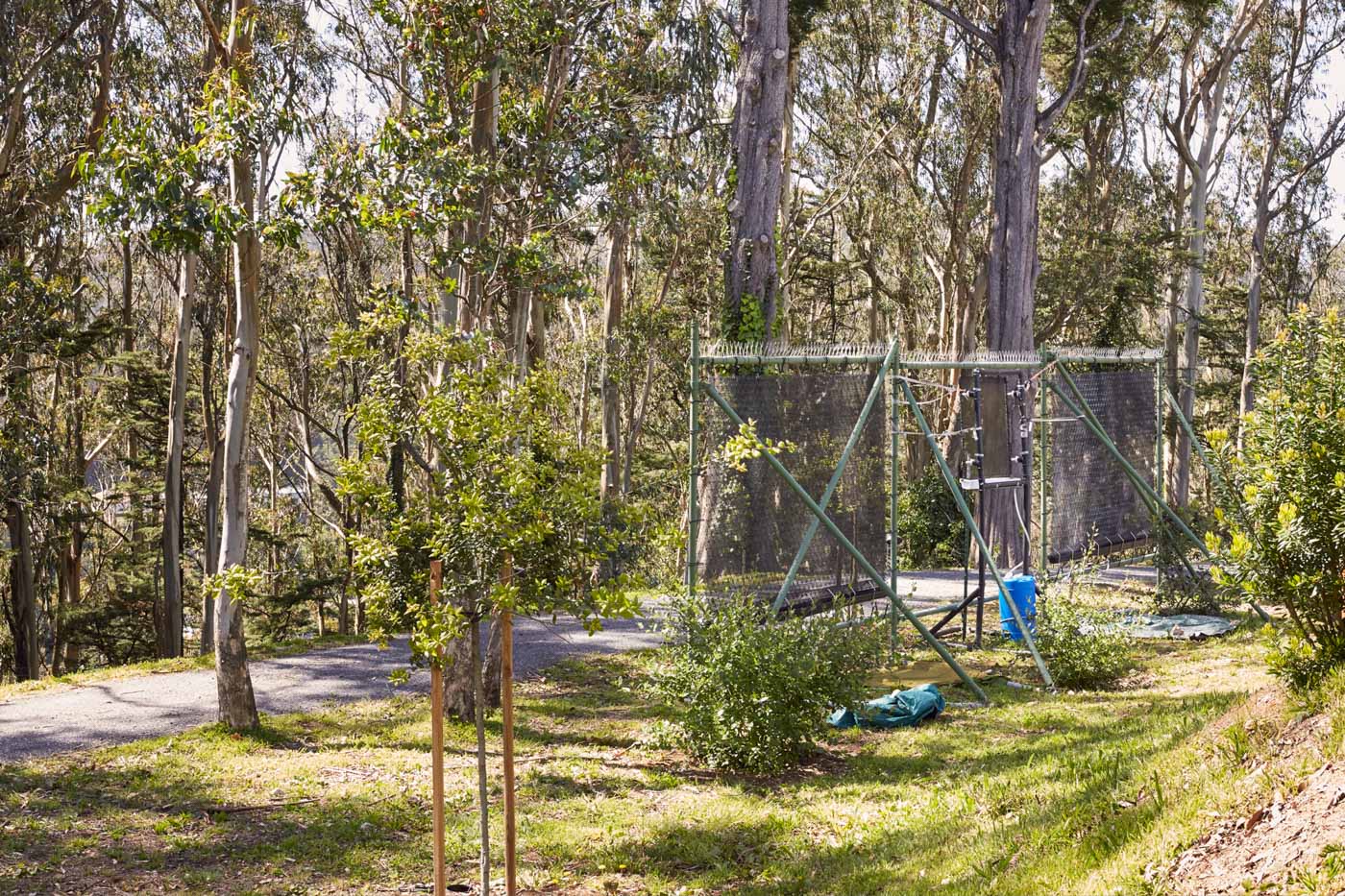
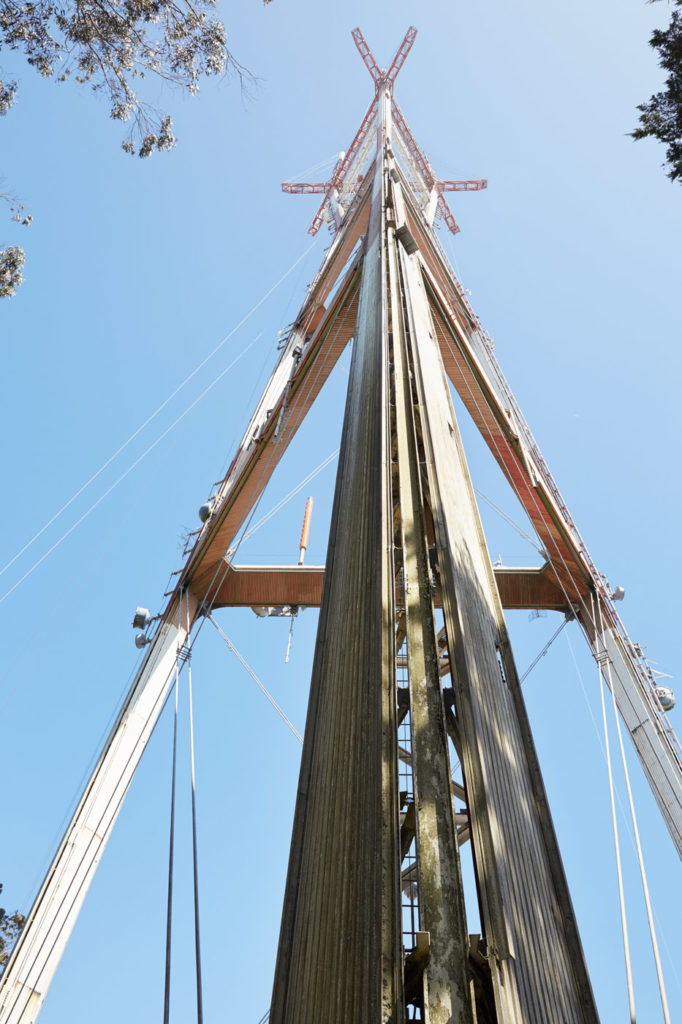
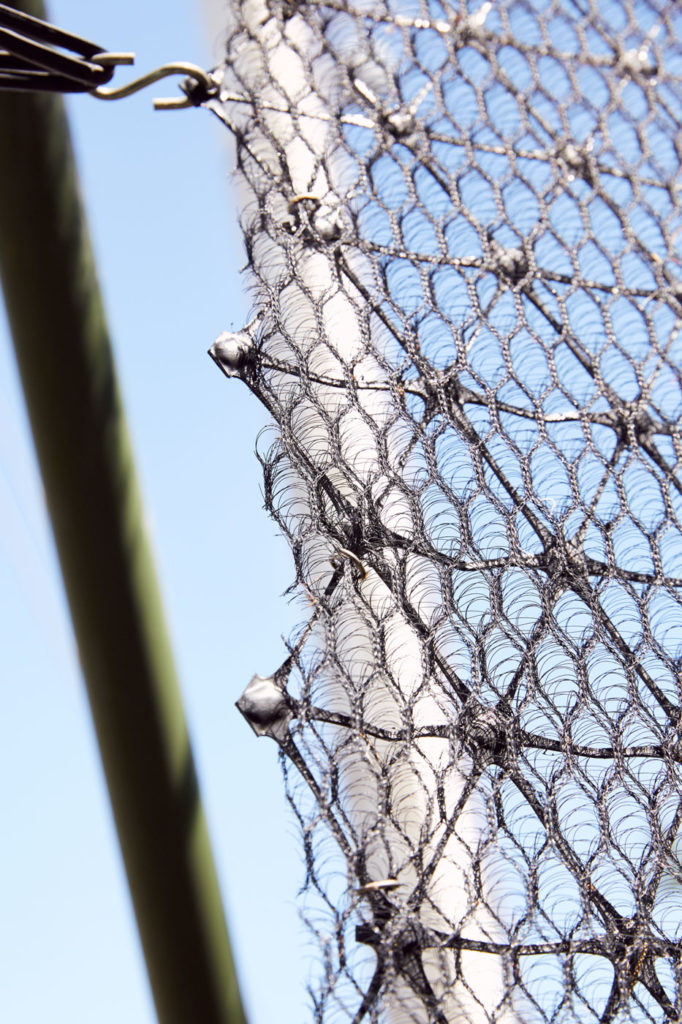
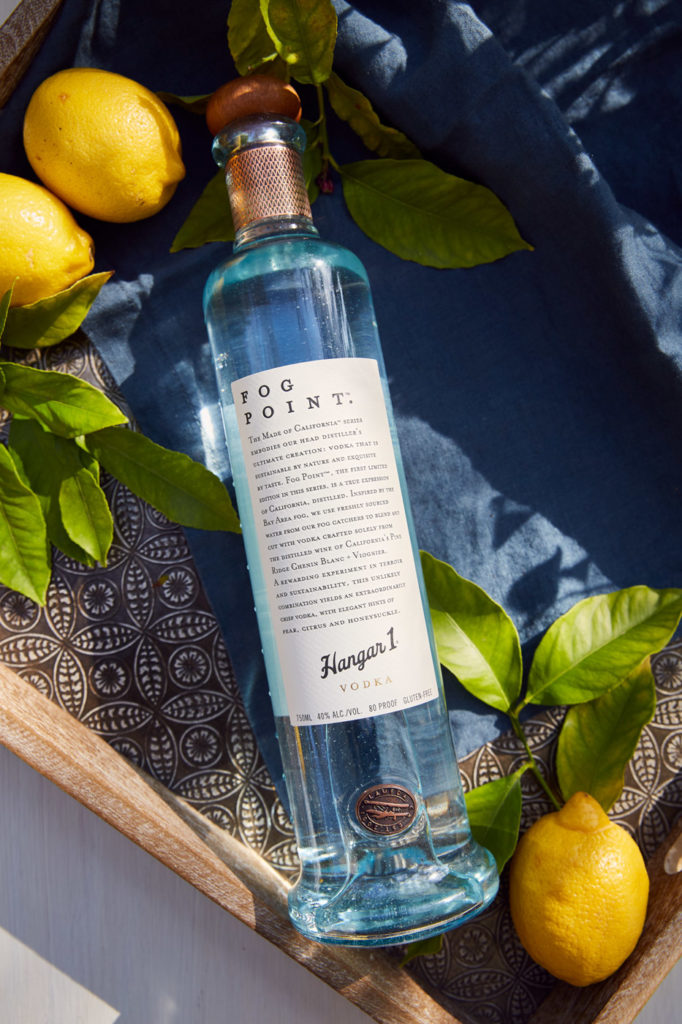
The Fog Point blend is unique. Other vodkas produced by Hangar 1 are made with deionized water; its neutral taste doesn’t impart flavor, an important characteristic since Hangar 1 uses fresh fruits and fine wine grapes in all of their expressions. “We want to let those ingredients shine and not change the flavor,” Shoemaker explains. But with Fog Point, the spirit brand decided to go the opposite direction. Utilizing a more “whiskey-style” approach in which water origin is often disclosed, Hangar 1 wanted the fog’s personality to come through. Sixty percent of Fog Point Vodka is water, making it a big contributor to overall taste. It is clean, smooth and dries lightly on the palate, while providing a hint of salinity and minerality akin to warm, wet stones.
We arrive at the Hangar 1 Distillery in Alameda, where the Fog Point 2018 release party take place. Escorted beyond the distillation stills, we enter Shoemaker’s think tank and lab to get our first taste of the newly minted vodka. This latest iteration of Fog Point in the Made of California line is distilled from Pine Ridge Chenin Blanc + Viognier. The blend—eighty percent Chenin Blanc and twenty percent Viognier—is produced in the Sacramento Delta where the days are hot and the nights are cool. The Chenin Blanc brings bright citrus and lighter acidity notes, whereas the Viognier offers round, rich notes of honeysuckle, in a flavorful blending of grape vodka and fog water. “It’s a wonderful commingling that almost gives it butterscotch notes at the end, which I think is really fun,” says Shoemaker. “The vodka pairs great with oysters because it has those same saline and mineral notes.”
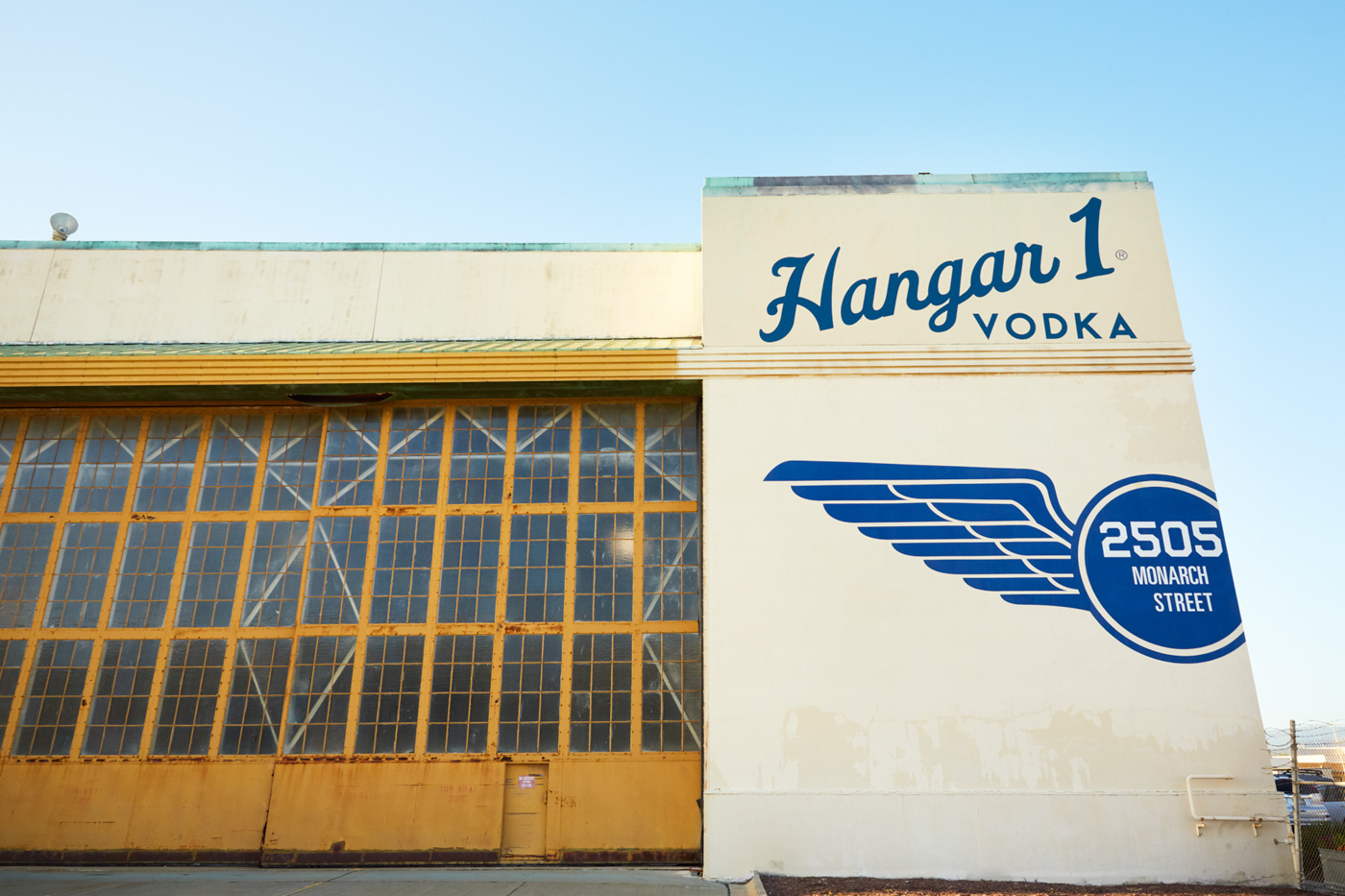
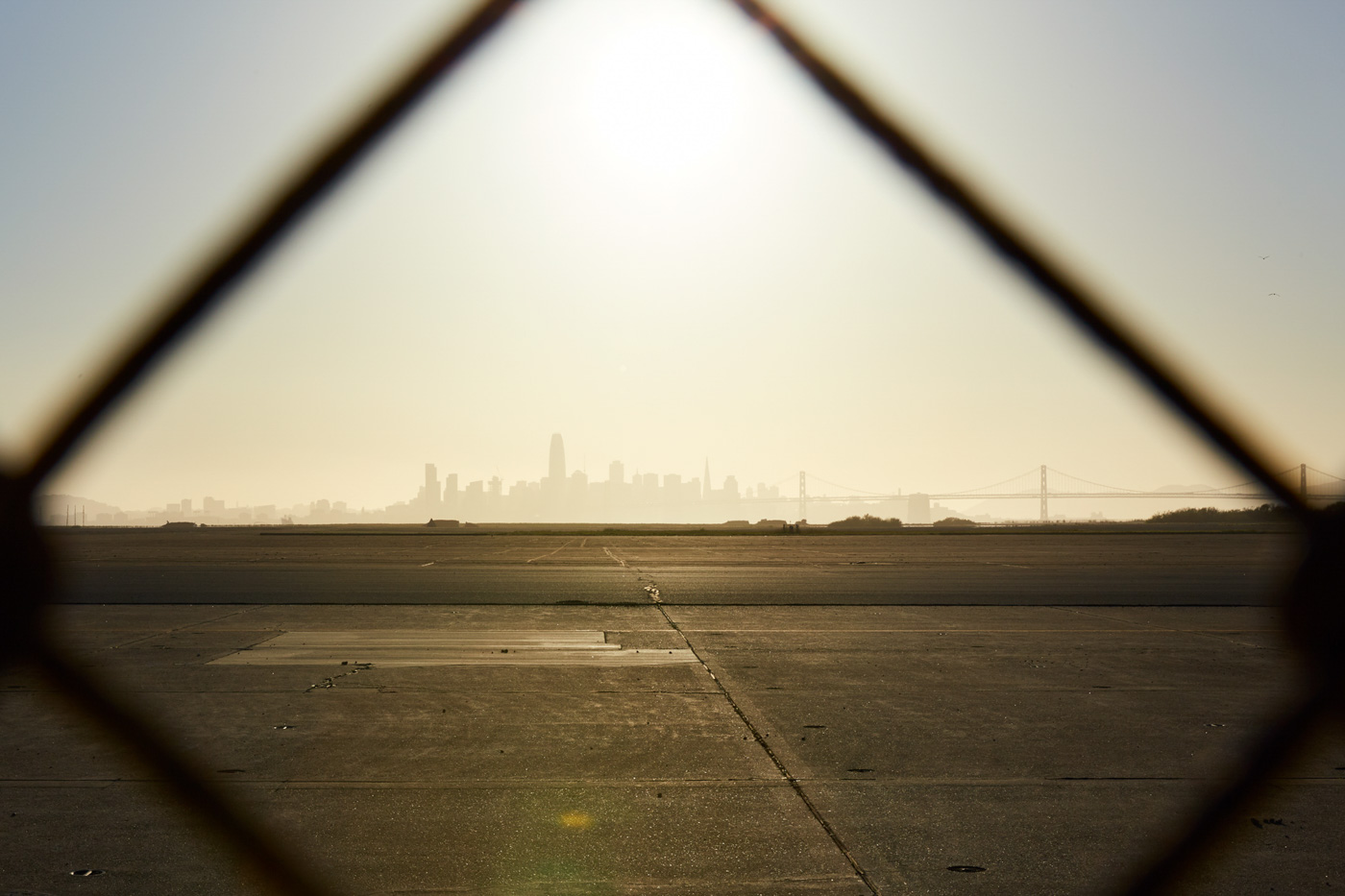
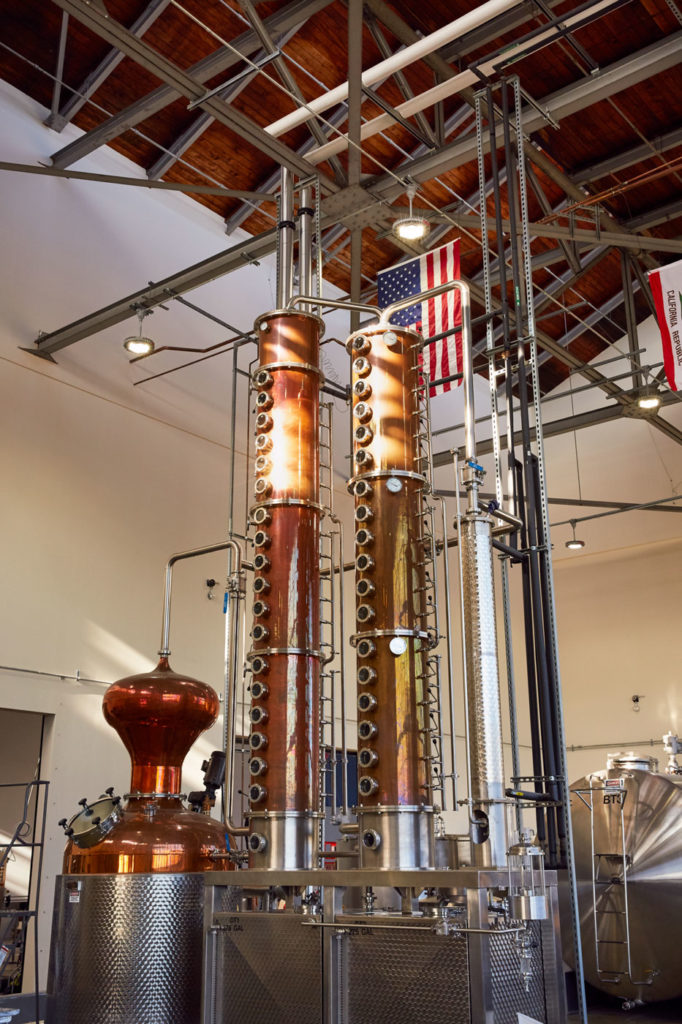
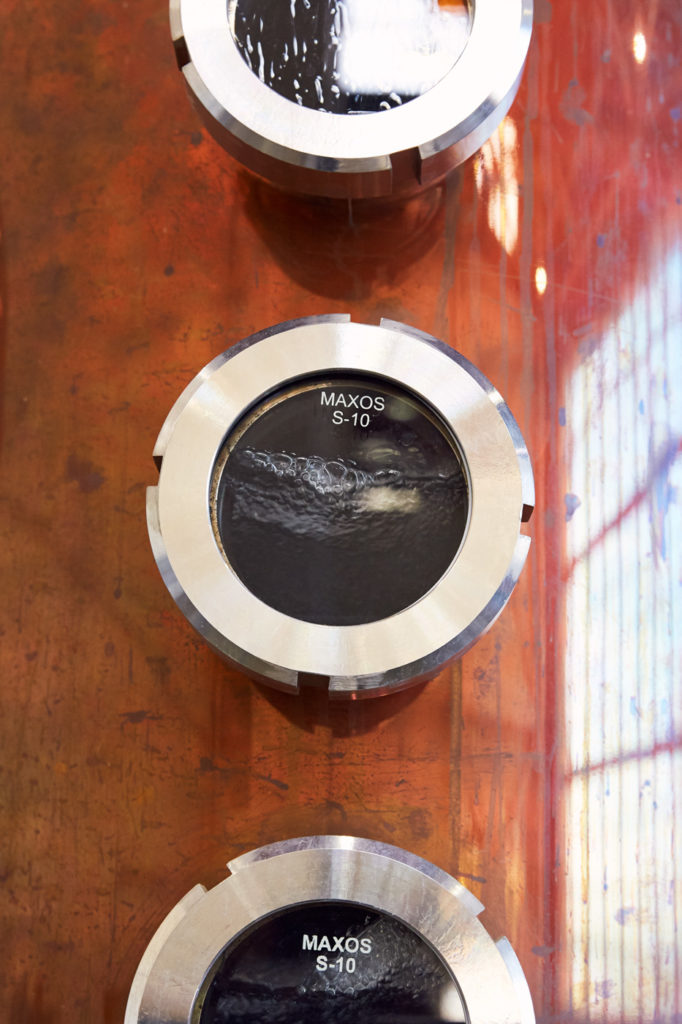
The idea for using fog water came to Shoemaker after moving to the Bay Area from Colorado. “I came from making whiskey in Denver, which is a very beer and spirits scene,” Shoemaker says. “When I came to Hangar 1, I jumped right into working with winemakers to make vodka, and working with different farmers for all our flavored vodkas. The thing that kept coming up over and over again was the drought.” As dry conditions continued, food quality and availability became an issue. This got Shoemaker thinking about how much water was used in beverage production. “I wanted to talk about conservation. I wanted to talk about other ways we can approach the process of making vodka that isn’t impactful to the environment,” she says. “So we started looking for alternative water sources.” Shoemaker and her team set out on this mission, first connecting with Chris Fogliatti and then learning about the process. “We found out there hadn’t been a ton of people collecting fog for this sort of thing, especially not here in the Bay Area,” Shoemaker explains.
When blazing trails in any field, there’s bound to be trial and error. Shoemaker and her team faced a learning curve when producing their first Fog Point Vodka in 2016. “We didn’t really understand what the fog high seasons were,” she explains. “It took a long time to collect all the fog we needed, so we ended up with a smaller batch.” With Fogliatti’s recommendations, Hangar 1 spread out their fog collectors this time around, capturing much of their water during the summer—fog high season. The large, seventeen-square-meter mesh panels were optimal for this feat. “In the summer, volume varied between one hundred gallons every two weeks up to—in the first week of August—over four hundred gallons over two weeks,” says Fogliatti. “In the other seasons, it produces around a quarter of that. Generally around [the Bay Area], collection is between one liter to five liters a day during the fog season.” The fog water is cleaned first through carbon filtration, then boiling, then a second filtration pass. “All the water gets combined together and we do the purification process,” explains Shoemaker. “We actually boil the water in the still—we have a five hundred-gallon still that boils real fast, so it makes our life a little bit easier.”
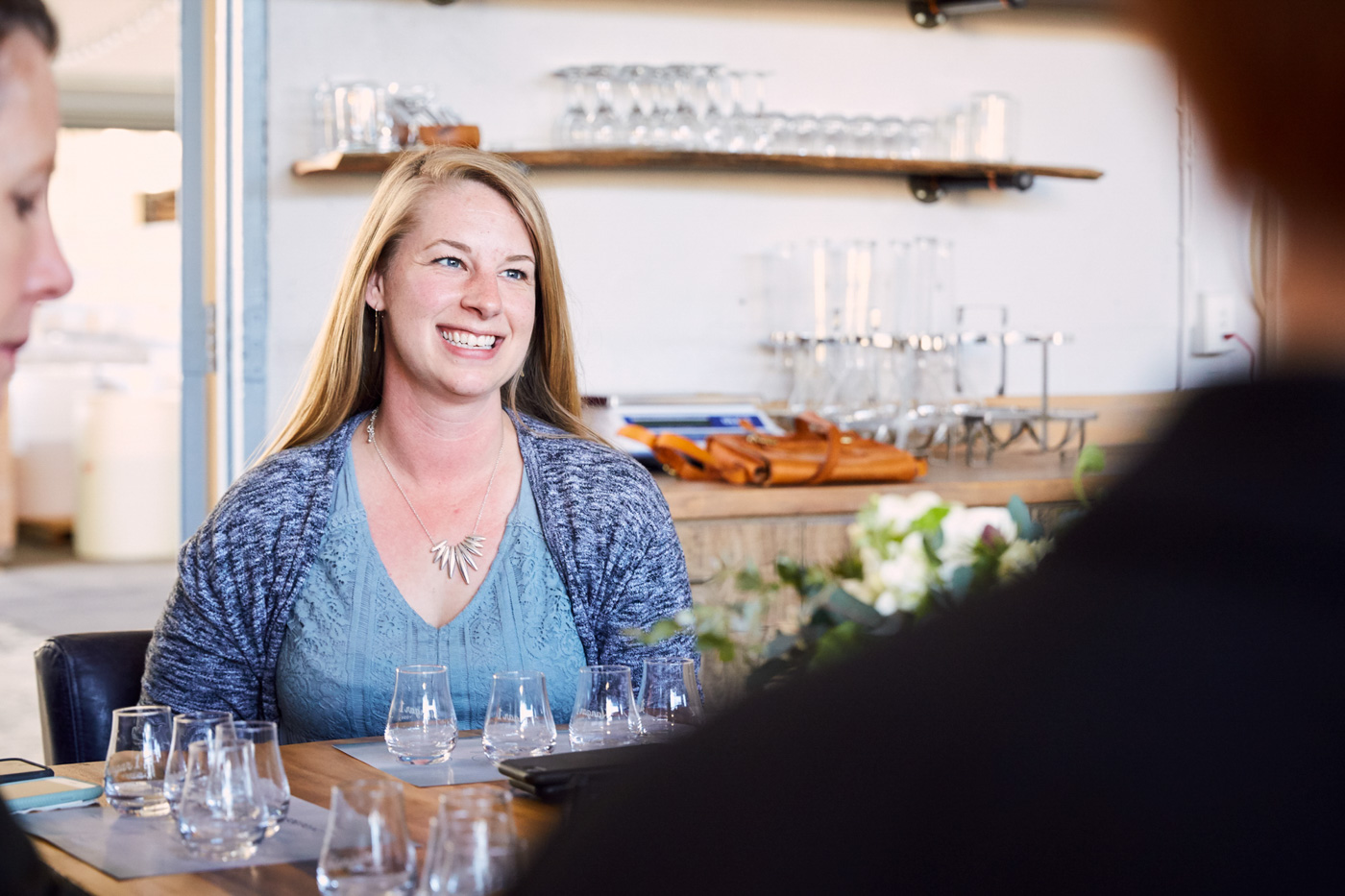

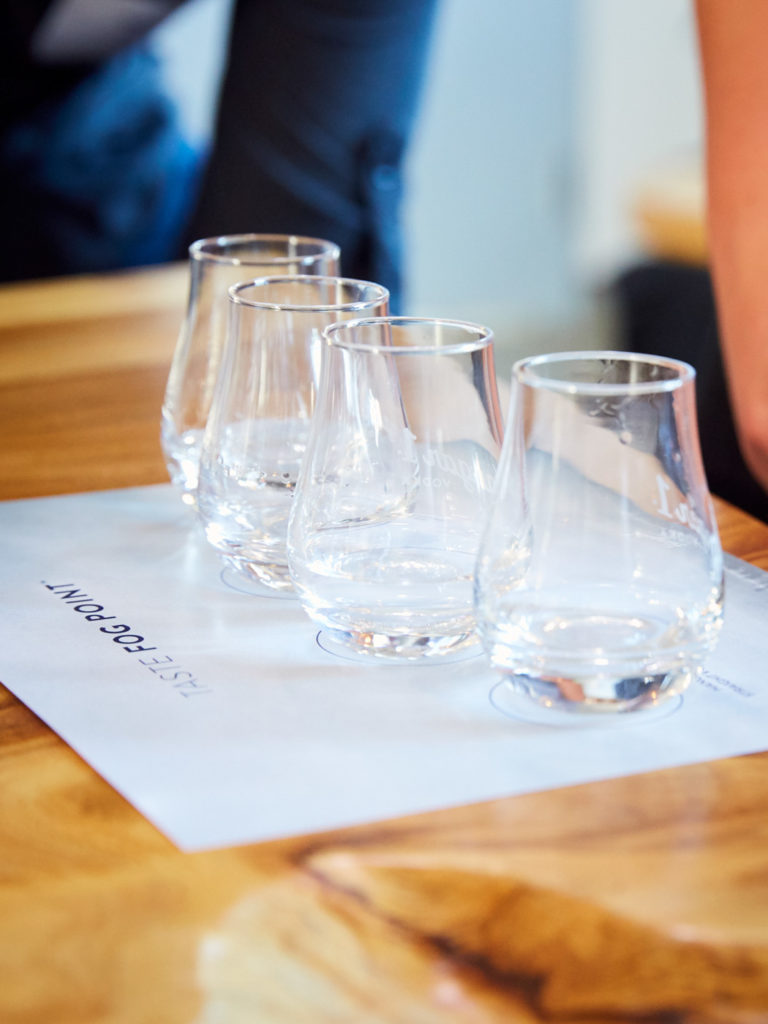
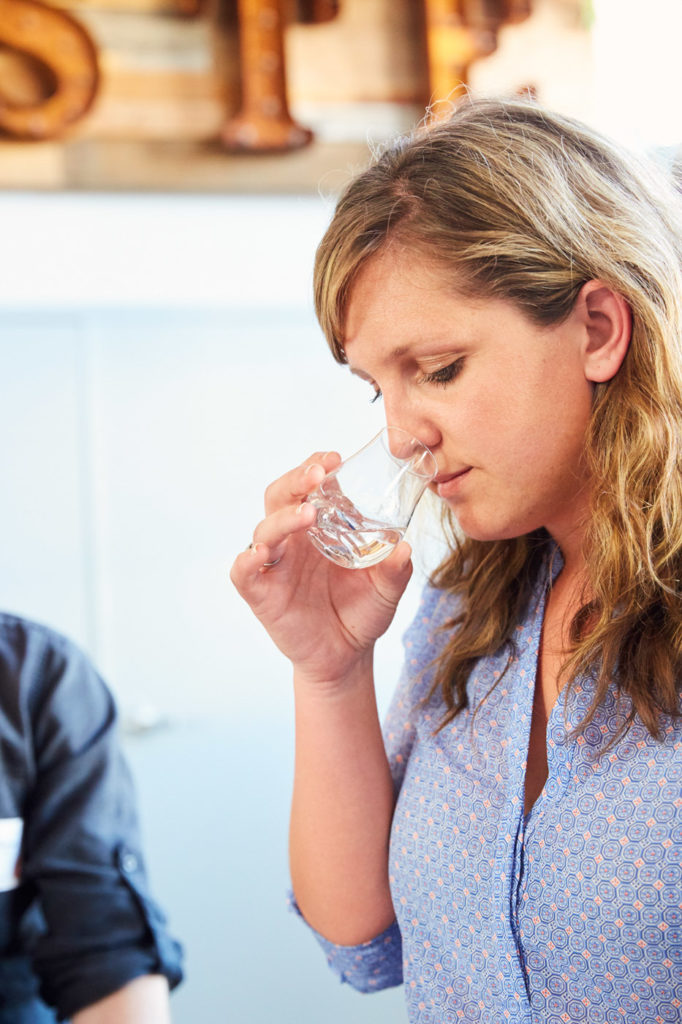
In order to make vodka from grapes, you have to make wine first; it is then fermented before being distilled into vodka. Distiller Eric Lee explains, “We start with our base alcohol boiling in the pot and as it boils, that vapor—which is a lot of ethanol and some water—rises up through the onion dome on our particular still, and goes through the middle column.” As vapors rise, the flow is interrupted by bubble plates; some vapor re-condenses back into liquid form and some continues the journey upward. “That action purifies the ethanol until we can get as high of a proof as we can,” says Lee. “In a typical production distillery, the highest you can get is 191.2-proof, which is pretty much where we’re at right now in the still. To make vodka, the alcohol has to be at least 190-proof, so we’re operating in a very thin margin.” The spirit is then collected and cut with the purified fog water, bringing it down to its eighty-proof bottling strength.
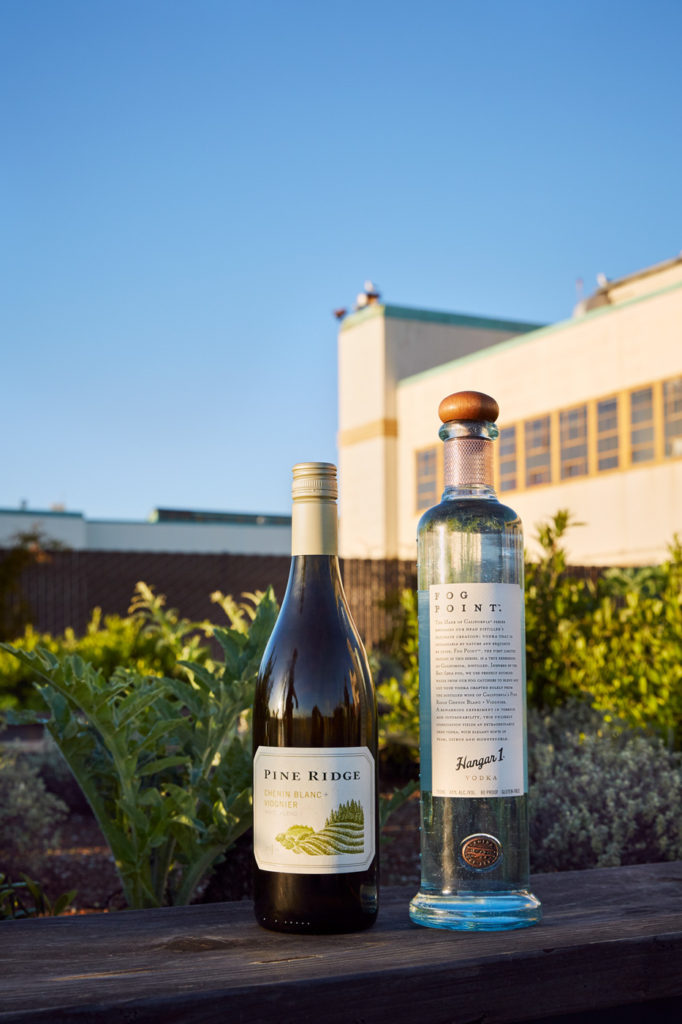
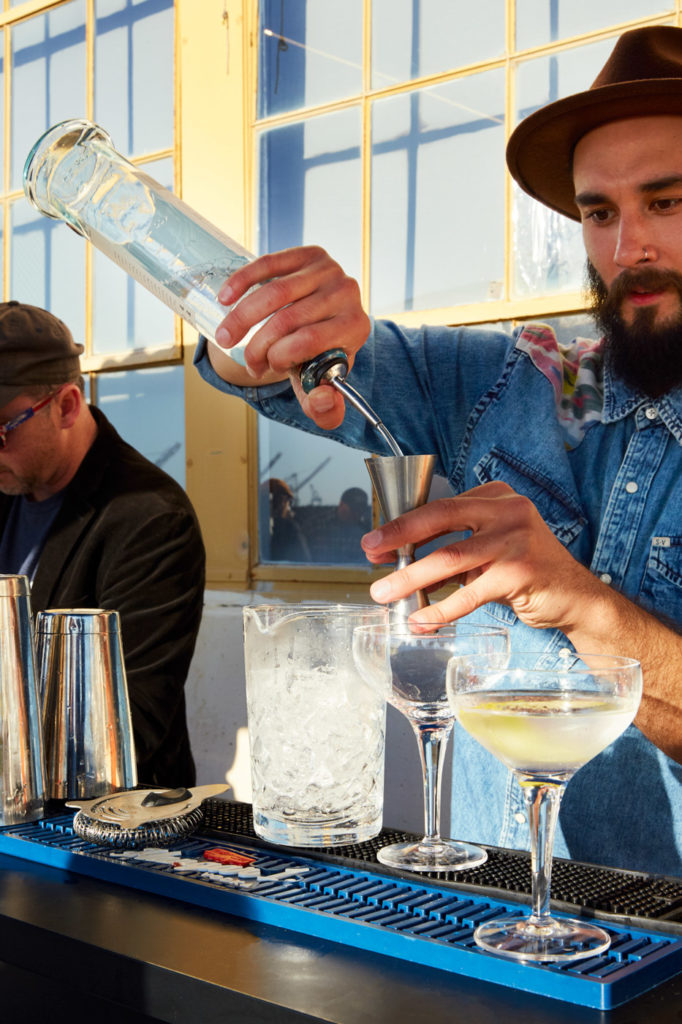

Outside on the patio, the Fog Point 2018 event is in high gear. Guests are enjoying delicately-mixed Fog Point Vodka martinis while taking in the evening view of the San Francisco skyline. The spirit of creativity and commitment to sustainable practices is at the heart of the Hangar 1 brand. And their dedication to the environment and California ingredients shines through in Fog Point.





Our comments section is for members only.
Join today to gain exclusive access.